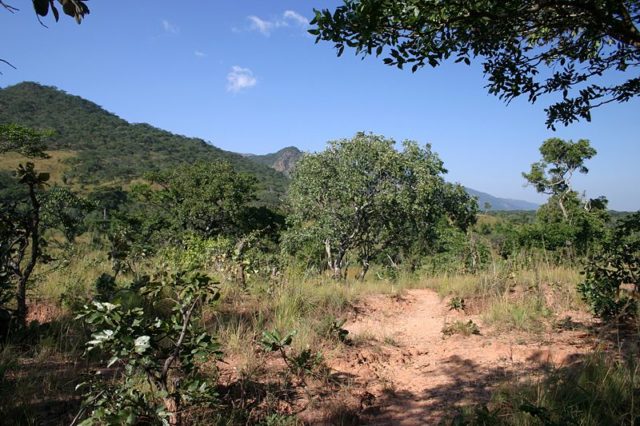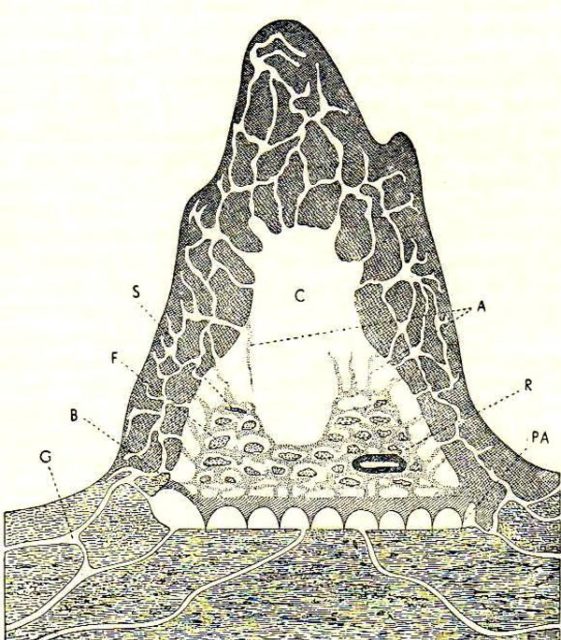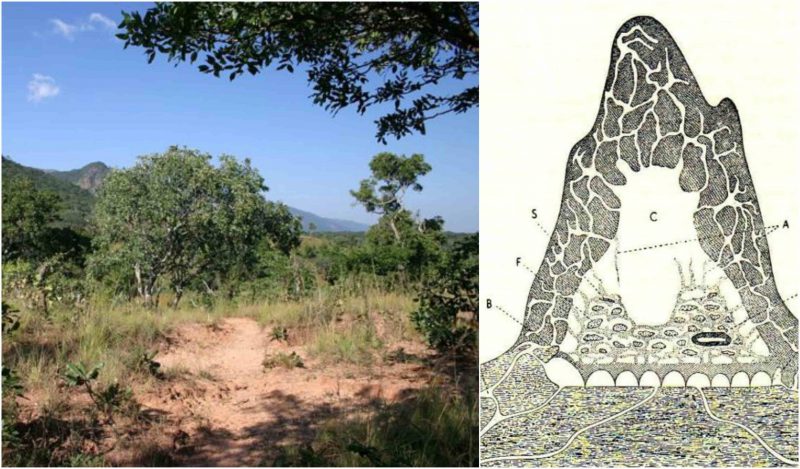The skyscraper may have been invented by humans, but termites have been building mounds that can be as tall as 33 feet for millions of years.
Scientists have found a hive so resilient that it has survived for 2,200 years. It was discovered in the Miombo woods of Central Africa and suggests that these little engineers live in the same mounds for hundreds if not thousands of years.

The structure was found abandoned, and it is the oldest termite mound to date, the second oldest being 750 years old. This shows just how resilient these structures can be, even being capable of resisting fires.
Both mounds were built by Macrotermes Falciger, a species of termite commonly found in the Miombo woods in the Democratic Republic of Congo.

Scientists from the University in the Democratic Republic of Congo and Ghent University in Belgium have dated four large termite mounds with Carbon-14 dating software, the same thing they use to date bones and other natural artifacts.
“This method appears to provide reliable age estimates of large, abandoned termite mounds, which are older than previously estimated,” they said.
The larger abandoned mound was the oldest, with dirt at the base that was estimated to be between 2,335 and 2,119 years old, with the smaller mound being between 796 and 684 years old.
The active mounds were more recent but were built on top of an old mound that was dated at 766 years old, proving that termites will live in the same location for hundreds of years.
The oldest of the mounds was abandoned by the termites decades ago; they think it was heavily populated 500 years ago during a warm spell in the region.
This has led the scientists to believe that the termites will use the same location for thousands of years.
“These should be interpreted as minimum estimates,” the scientists write. “Nonetheless, some of the mounds are much older than previously estimated.”
“Furthermore, historical mound growth rates seem to correspond to past temperature changes, suggesting a relation between past environmental conditions and mound occupancy”.
